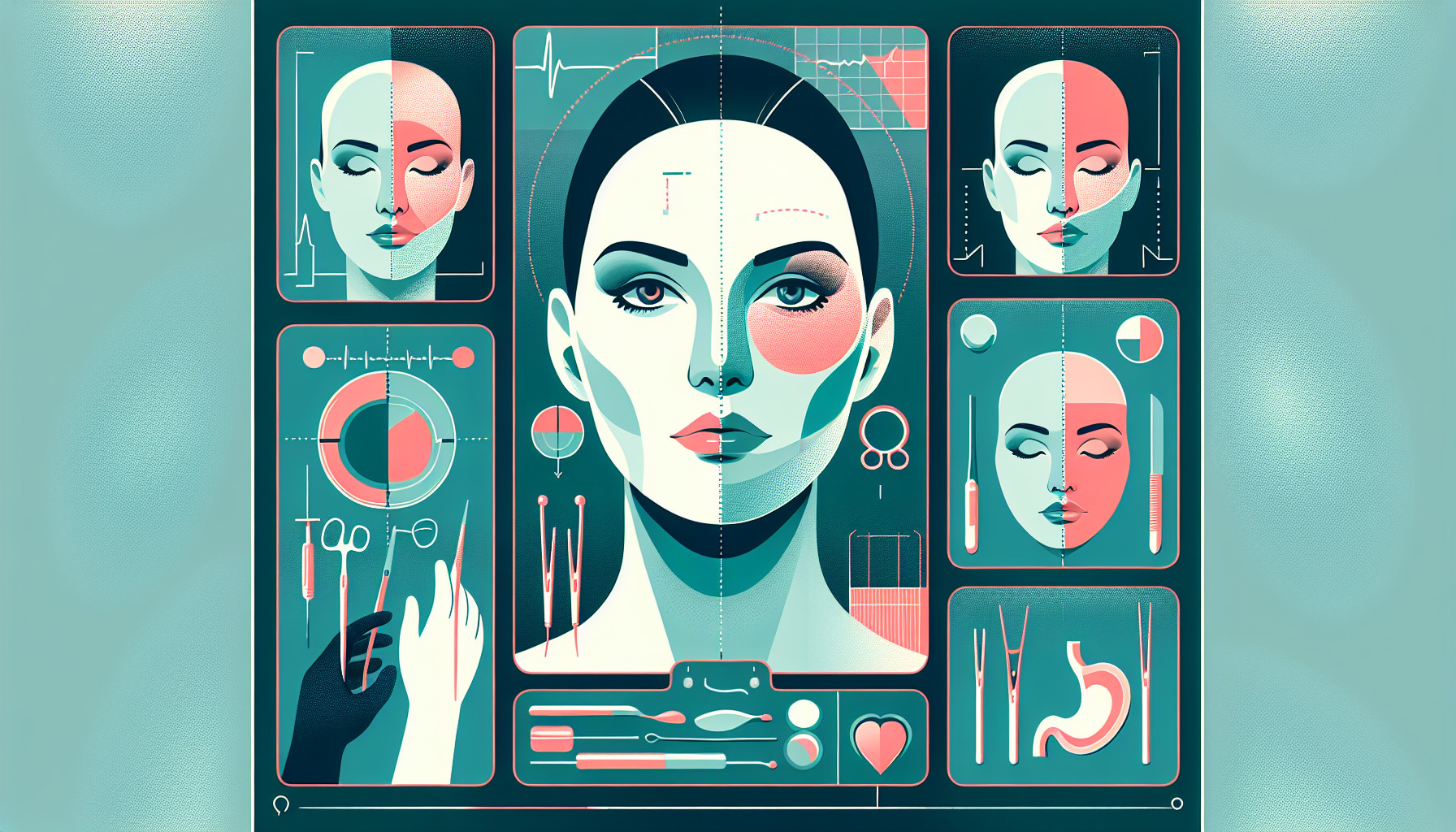Our Summary
This research is about using augmented reality (AR) technology to help in the surgery of a skull and face bone condition called craniofacial fibrous dysplasia. The study involved five patients. The researchers used 3D technology to plan the surgery, creating a virtual model of the patient’s head and face. During the surgery, the surgeon used the AR system, which gave a real-time, detailed view of the area they were operating on.
After the surgery, the researchers checked how well the operation had gone by comparing a 3D model of the patient’s head and face with the original virtual plan. The surgeries were quite accurate, with only minor differences between the planned and actual results.
The operations took between 60 to 80 minutes, and the preparation time before the surgery was 20 minutes for each patient. All the patients recovered without any complications and were happy with their appearance after the surgery.
The study suggests that using AR technology in this way can make these types of surgeries safer and more efficient.
FAQs
- How does augmented reality (AR) technology enhance craniofacial surgery?
- What was the process for preparing for the surgery using AR technology?
- What were the results of the surgeries performed using AR technology in this study?
Doctor’s Tip
A helpful tip a doctor might tell a patient about craniofacial surgery is to trust in the advancements of technology, such as augmented reality, to assist in the planning and execution of the surgery. This technology can provide a more precise and accurate outcome, leading to better results and a smoother recovery process. It is important to discuss with your surgeon how they plan to incorporate these technologies into your surgery to ensure the best possible outcome.
Suitable For
Patients with craniofacial conditions such as craniofacial fibrous dysplasia, craniosynostosis, facial trauma, cleft lip and palate, facial asymmetry, facial tumors, and other congenital or acquired deformities may be recommended for craniofacial surgery. These conditions can affect the structure and appearance of the skull and face, leading to functional and aesthetic concerns that may require surgical intervention. Craniofacial surgery aims to correct these abnormalities, improve facial symmetry, restore function, and enhance overall quality of life for patients.
Timeline
Timeline of a patient’s experience before and after craniofacial surgery using augmented reality technology:
Before surgery:
- Patient is diagnosed with craniofacial fibrous dysplasia.
- Patient undergoes imaging scans to create a virtual model of their head and face.
- Surgeon uses 3D technology to plan the surgery based on the virtual model.
- Pre-surgical preparations take place, including consultations with the surgical team.
During surgery:
- Surgeon uses augmented reality system to guide the operation in real-time.
- Surgery typically lasts between 60 to 80 minutes.
- Surgical team monitors the patient’s condition throughout the procedure.
After surgery:
- Surgical team compares the actual surgical outcome with the pre-operative virtual plan using 3D models.
- Patients recover without any complications.
- Patients are satisfied with the results of the surgery and their improved appearance.
- Follow-up appointments are scheduled to monitor the patient’s progress and ensure proper healing.
Overall, the use of augmented reality technology in craniofacial surgery proves to be effective in improving surgical accuracy and outcomes, leading to safer and more efficient procedures for patients with craniofacial conditions like fibrous dysplasia.
What to Ask Your Doctor
- What specific benefits does using augmented reality technology provide in craniofacial surgery compared to traditional methods?
- How does the use of 3D technology and virtual modeling help in planning and conducting the surgery for craniofacial fibrous dysplasia?
- Are there any potential risks or limitations associated with using augmented reality technology in craniofacial surgery?
- How experienced is the surgical team in utilizing augmented reality technology for craniofacial surgeries?
- What is the success rate of using augmented reality technology in craniofacial surgeries for patients with craniofacial fibrous dysplasia?
- How long is the recovery process typically for patients undergoing craniofacial surgery with the assistance of augmented reality technology?
- Are there any alternative treatment options for craniofacial fibrous dysplasia that do not involve augmented reality technology?
- What post-operative care and follow-up appointments will be necessary after the surgery?
- How can I ensure that the outcomes of the surgery meet my expectations in terms of appearance and functionality?
- Are there any ongoing research or advancements in augmented reality technology for craniofacial surgery that I should be aware of?
Reference
Authors: Liu K, Gao Y, Abdelrehem A, Zhang L, Chen X, Xie L, Wang X. Journal: Sci Rep. 2021 May 11;11(1):10043. doi: 10.1038/s41598-021-88860-x. PMID: 33976233
